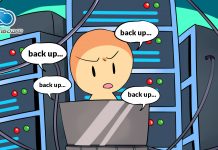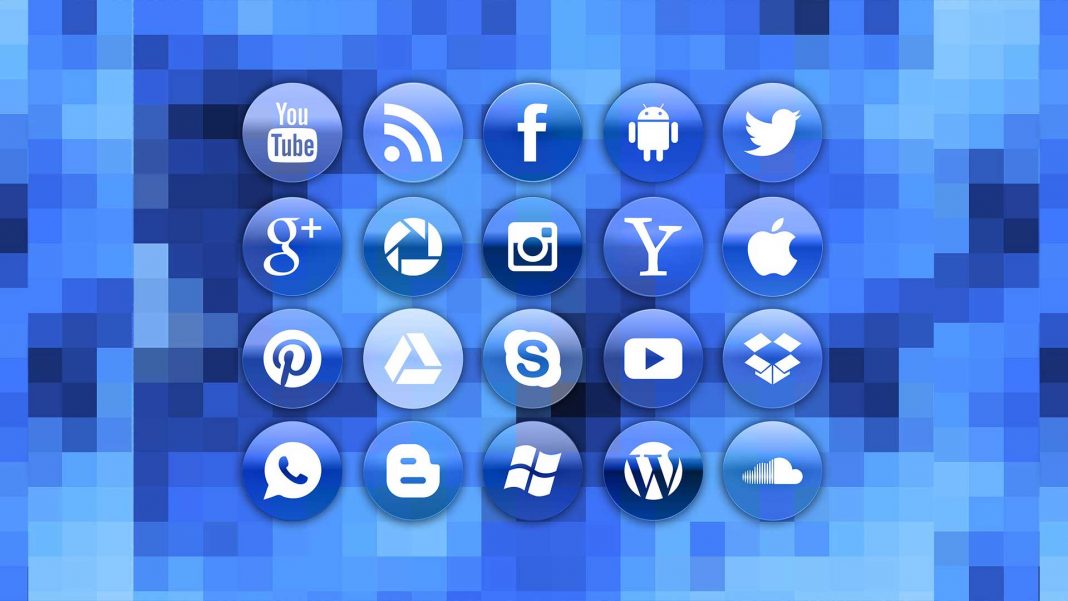What is SaaS?
You may be wondering what is Saas? Saas stands for Software as a service (SaaS) which is a type of cloud computing. SaaS applications, also known as on-demand software, hosted software or web-based software. Other cloud computing categories include Infrastructure as a Service (IaaS) and Platform as a service (PaaS). Saas is a software distribution model in which the service provider hosts applications for customers and makes them available to customers with a web browser.
Moreover, SaaS allows users to connect to and use cloud-based apps over the internet. Email, Facebook and Microsoft Office 365 that you use on a daily basis are the common examples of SaaS. As this service can access through any electronic devices, people are enjoying Saas service without realizing it.
SaaS has eliminated the costs of hardware purchase and software maintenance in an organization. It can save organizations from installing and running the application in their own system. The app software and app data are stored in the service provider’s data center.
Subscription
Furthermore, Saas is a subscription-based software license, businesses can enjoy the services and pay only for what you use. You have the options to pay the subscription fee monthly or on an annual basis for the license. Businesses can utilize the services offered by the service provider, including project management, automated social media updates and cloud storage. You may also receive access to software updates as a part of the service monthly maintenance.
What does Saas can do for you?
Cost savings
Regarding to the costs of SaaS services is totally different with the traditional hardware and software. All the server are residing in a shared environment so the hardware and software license costs are low as well. Same to be as the maintenance costs, it splits among all customers that use the same solutions. Low costs probably benefits to small and medium enterprise (SMB) to use the software otherwise they are unable to afford due to the high cost of licenses.
Ease of access
One major benefit of SaaS is the business applications allow you to access the file wherever there is internet connectivity. It is convenient as you don’t have to move the files for several times from the pen-drive to the laptop.Therefore, your data wouldn’t lose easily if your devices fail to perform because there is a backup in the cloud.
Trial version is allowed on the cloud
There is an unique part of SaaS cloud computing which you can’t do it when purchasing a hardware or software. You are allowed to use a trial version of the application for free before you start your subscription for the software.
Google Drive is an application of Software as a service (SaaS). Google Drive offers a free version for users with a total storage capacity of 15GB. You can upgrade the storage that you need according to different pricing. For example, the cheapest 100GB storage costs $1.99 and highest can be up to 30TB costs $299.9.
Increase workforce and productivity
SaaS applications used for the company’s management includes email, human resource management (HRM), financial management, customer relationship system (CRM) , enterprise resource planning (ERP) and billing. Most of the things will be automatic once you apply the system to workplace which can help to earn more profit and improve service quality.
HRM software:
The main workforce in most companies are humans, so an organization needs to manage its human resource effectively. The HRM software stores all the information of employees in a centralized database. This may help to enhance the working process as the HR manager and team members can view all the employee data. Besides, HRM software is also a tool used to automate the Human Resource of the company such as training, recruitment, payroll and performance appraisal. Human capital is always an important resource for a business.
CRM software:
This software is suitable to use in companies of all size. It allows you to manage customer data, customer interaction, sales leads and employees. CRM enables business to establish and maintain a long-term relationship with prospects and customers. Therefore, if business able to maintain a good relationship, you can see a significant improvement in profitability and customer retention.
ERP software:
SaaS solutions have helped in the growth of ERP systems. It makes ERP software more affordable and easy the manage. Most importantly, ERP system enables a real-time reporting and Business Intelligence (BI). This system commonly used to manage business sales, customer support, inventory, human resource and accounting as well. The system able to lower operating costs, drive efficiency and increase profitability.
What are the risks?
Organizations need to be aware of the risks and challenges of cloud computing to maximize the benefit of SaaS.
Data security and privacy
Security is the main reason preventing firms moving to SaaS system. Data stored in the service provider’s center were managed by third party, users may concern regarding the security of their data. Moreover, even your data are stored in the cloud, the issues are still unavoidable. If the service provider experience service disruptions or experience a security breach can compromise the safety of an organization’s data and the ability to use SaaS services.
Network dependency
Everything that we use such as gadgets or electronic equipment are significantly connected to the Internet. The internet has occupied the most of the services in our daily life, such as social media applications, data blockage and service disruptions. These are currently under the control of SaaS providers. The level of dependency is high, it can affect the cloud services that require the connection to keep all the data runs perfectly.
Hard to notify customers affected by breaches
Not having an absolute control and visibility of network can be a serious problem. This is because it impossible to identify which customers have been affected by a data breach and what data was compromised. In fact, service provider might notify all the users who have their data on the cloud platform. This able to ensure everyone received the notifications and aware of it.























